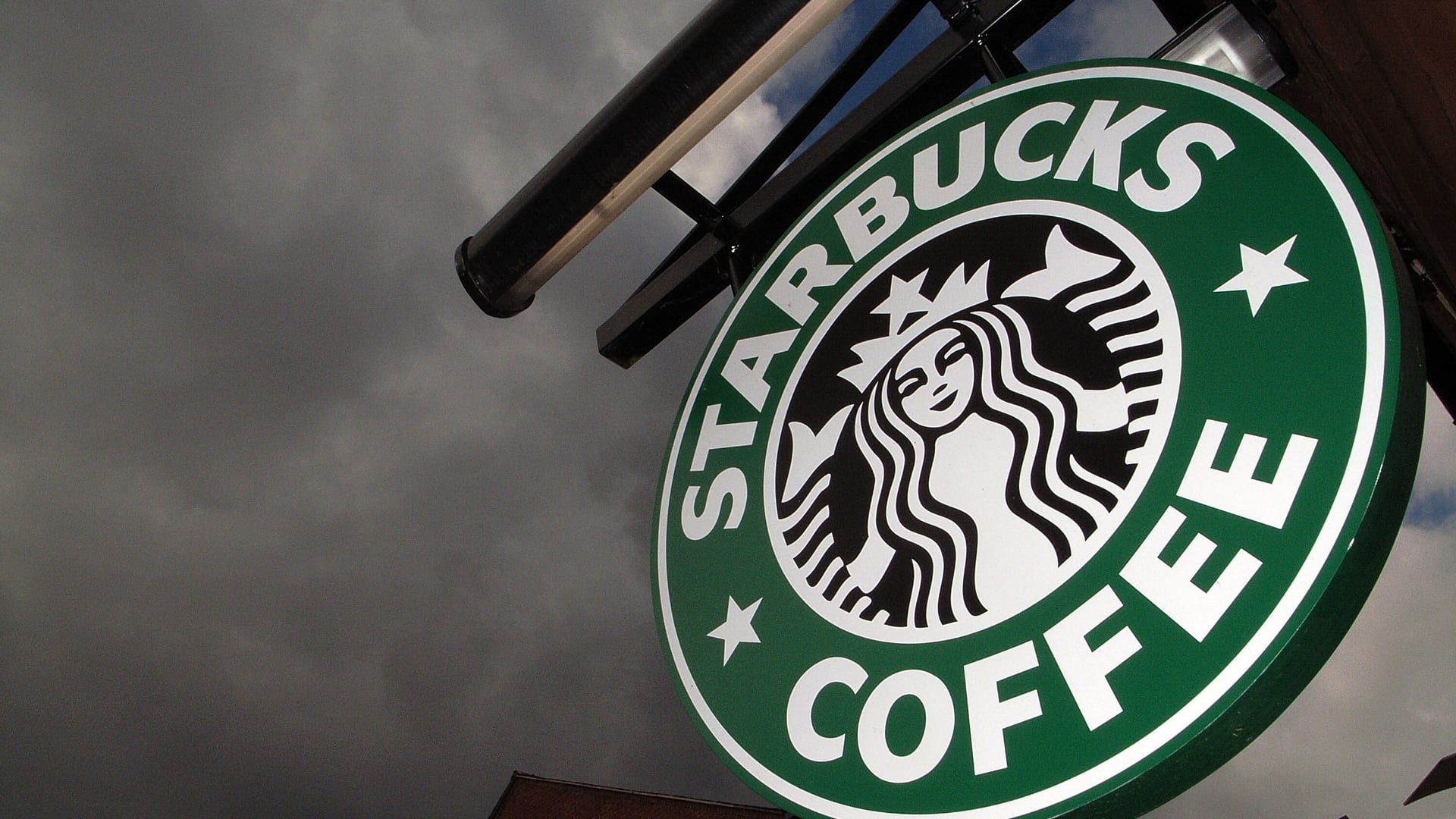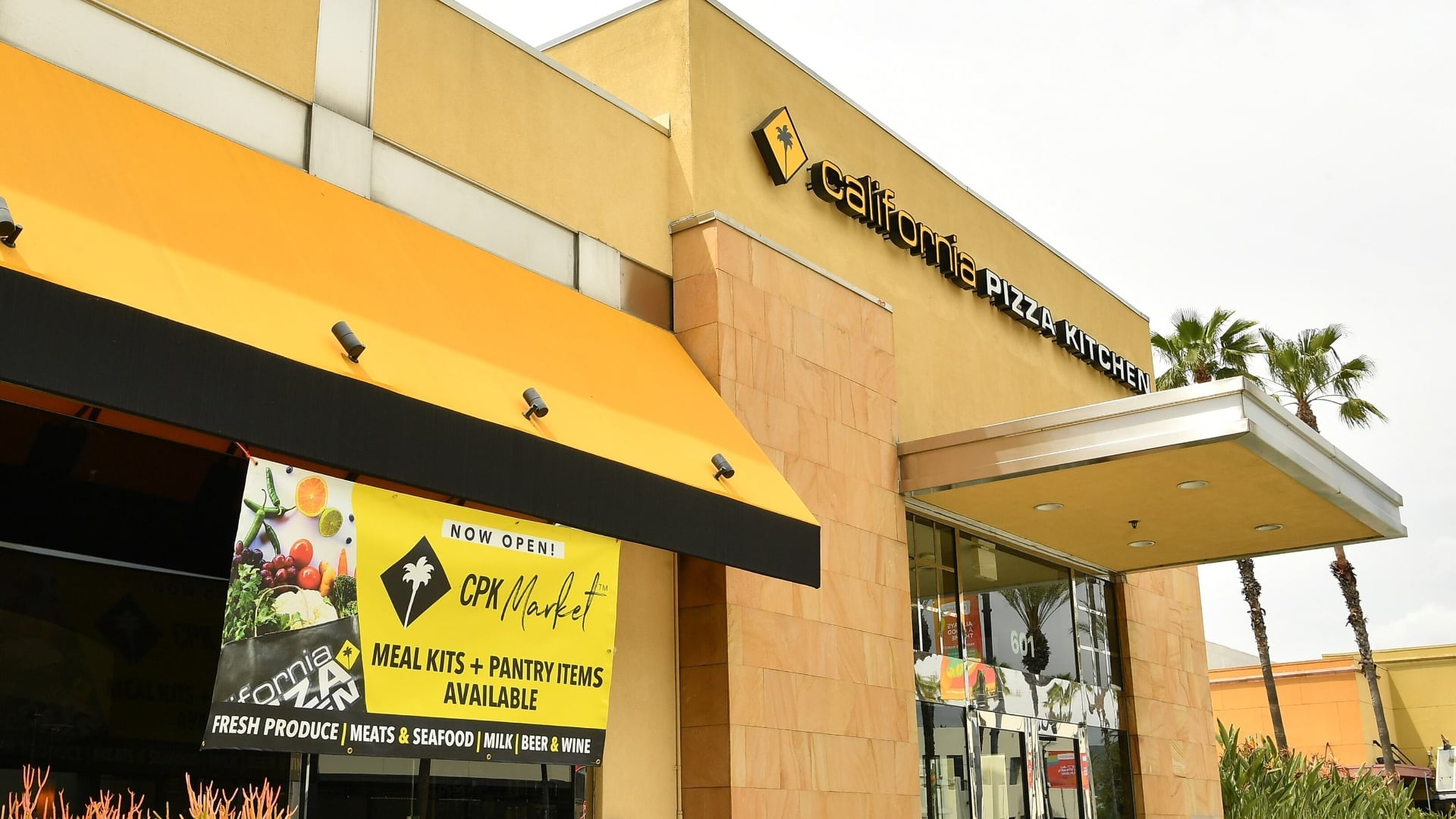By Jamey Keaten
Pablo, meet Crypto.
Heirs of Pablo Picasso, the famed 20th-century Spanish artist, are vaulting into 21st-century commerce by selling 1,010 digital art pieces of one of his ceramic works that has never before been seen publicly — riding a fad for “crypto” assets that have taken the art and financial worlds by storm.
For an exclusive interview before the formal launch this week, Picasso's granddaughter, Marina Picasso, and her son Florian Picasso opened up their apartment — which is swimming in works from their illustrious ancestor — in an upscale Geneva neighborhood. There they offered up a glimpse, however tantalizingly slim, of the piece behind what they're billing as an unprecedented fusion of old-school fine art and digital assets.
They're looking to cash in on and ride a wave of interest in non-fungible tokens, or NFTs, which have netted millions for far-less-known artists and been criticized by some as environmentally costly get rich schemes.
A Picasso, his family's promoters say, would mark the entry of a Grand Master into the game.
In economics jargon, a fungible token is an asset that can be exchanged on a one-for-one basis. Think of dollars or bitcoins — each one has the exact same value and can be traded freely. A non-fungible object, by contrast, has its own distinct value, like an old house or a classic car.
Cross this notion with cryptocurrency technology known as the blockchain and you get NFTs. They are effectively digital certificates of authenticity that can be attached to digital art or, well, pretty much anything else that comes in digital form — audio files, video clips, animated stickers, even a news article read online.
“We’re trying to build a bridge between the NFT world and the fine art world,” said Florian Picasso, the artist's great-grandson.
The artist's descendants are playing close to the vest, to drum up interest and protect — for now — a family heirloom. They're showing only a sliver of the underside of the work linked to the NFTs, a ceramic piece about the size of a large salad bowl. The exposed parts show forms like a thick yellow line, a dribbling green splotch, and a brushed-on number “58” at the base.
Marina Picasso says the cherished pottery piece dates to October 1958, when she was a child.
“It's a work that represents a face, and it's very expressive,” she said. “It's joyful, happy. It represents life ... It's one of those objects that have been part of our life, our intimate lives — my life with my children."
Sotheby’s is hosting an auction in March that will include a unique NFT as well as the actual ceramic bowl. A first-phase, online sale of more than 1,000 other NFTs starts Friday through the Nifty Gateway and Origin Protocol platforms.
Florian Picasso said they agreed on the colorful ceramic piece because it was “a fun one” to start.
An NFT Picasso brings with it almost epochal symbolism, something like when the Beatles collection was finally put up on iTunes. The family and its business managers say the aim is to create a younger community of Picasso fans.
“Everything is evolving,” said Florian Picasso, insisting that the NFT honors the great artist.
“I think it fits within Picasso’s legacies because we are paying tribute to him and his way of working, which was always being creative," he said.
How quaint seem those days of yore when Picasso, as the legend has it, would simply doodle on a napkin as payment for a restaurant meal — his handiwork supposedly carrying a value far in excess of the cost of the food and drinks he had enjoyed.
Some of the proceeds will be donated — one portion to a charity that aims to help overcome a shortage of nurses, and another to a nongovernmental organization that wants to help reduce carbon in the atmosphere. The NFTs will also come with music put together by Florian Picasso, who is a DJ and music producer, along with songwriter John Legend and rapper Nas.
Even a full rendering of that track isn't being publicly released just yet: Florian Picasso played a snippet for a reporter, then turned it off.
“And to hear more, you gotta purchase the NFT," he quipped.
___
AP video journalist Boris Heger contributed to this report.













